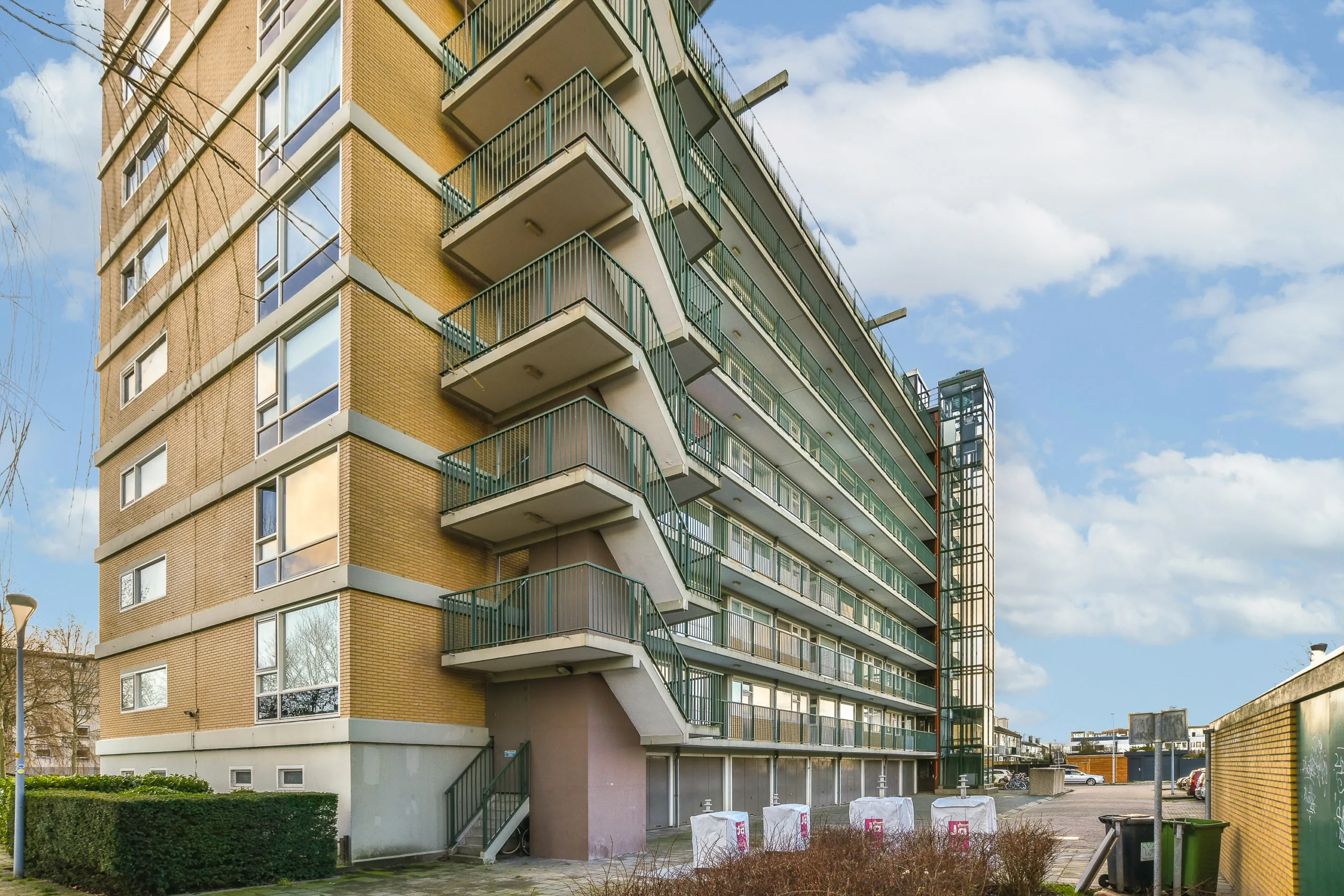- Citi Research warns housing is now the top threat to the US economy, citing a slowdown in residential investment and rising inventory.
- Mortgage rates near 7% are discouraging buyers, while home sales, permits, and prices continue to drop.
- Commercial real estate values are falling across all sectors, led by a 12.1% annual drop in multifamily property values.
- If housing weakness spreads to jobs, the Federal Reserve may be forced to cut rates sooner than expected.
Housing Gains Spotlight as Recession Risk
According to GlobeSt, as 2025 progresses, fears of tariffs and trade disputes have faded. However, housing has moved into focus as the most pressing risk to the economy. Analysts at Citi Research cite weakening activity in the sector and point to historical patterns that link housing downturns with recessions.
Economist Ed Leamer once called residential investment the best early warning signal for a downturn. Citi agrees and says we may be seeing that signal now.
Residential Slowdown Deepens
Data from the first quarter shows residential investment rising just 1% from the previous quarter and 3% year-over-year. However, after adjusting for inflation, growth is flat. At the same time, mortgage rates have climbed back toward 7%, dampening buyer demand.
In March, existing-home sales dropped nearly 6% from the prior month. That’s the largest monthly decline since late 2022. Inventory rose 8.1% between February and March, as more listings hit the market but buyers held back.
Consumer sentiment is also sliding. Fannie Mae’s April survey found that 77% of respondents think it’s a bad time to buy. The home buying conditions index hit a net -55%—one of the lowest on record.
Get Smarter about what matters in CRE
Stay ahead of trends in commercial real estate with CRE Daily – the free newsletter delivering everything you need to start your day in just 5-minutes
Commercial Real Estate Joins the Slide
While residential activity weakens, commercial real estate is also under pressure. MSCI’s RCA indexes recorded value declines across all major property types. It’s the first time since 2010 that every sector—multifamily, office, retail, and industrial—fell both month-over-month and year-over-year.
Multifamily took the hardest hit, with values down 12.1% year-over-year and 1.5% from March alone.
Former BlackRock fund manager Edward Dowd says the signs point to a broader downturn. He notes falling rents, slower immigration, and reduced government spending are all adding strain.
What Could Happen Next
So far, the Federal Reserve has not responded to housing data alone. But if the slowdown spills into employment, rate cuts could come faster. Citi warns that a weakening labor market would likely force the Fed’s hand.
For now, experts say the economy may face a “classic” recession—deep but potentially short. Much will depend on how quickly the housing market finds its footing.

















